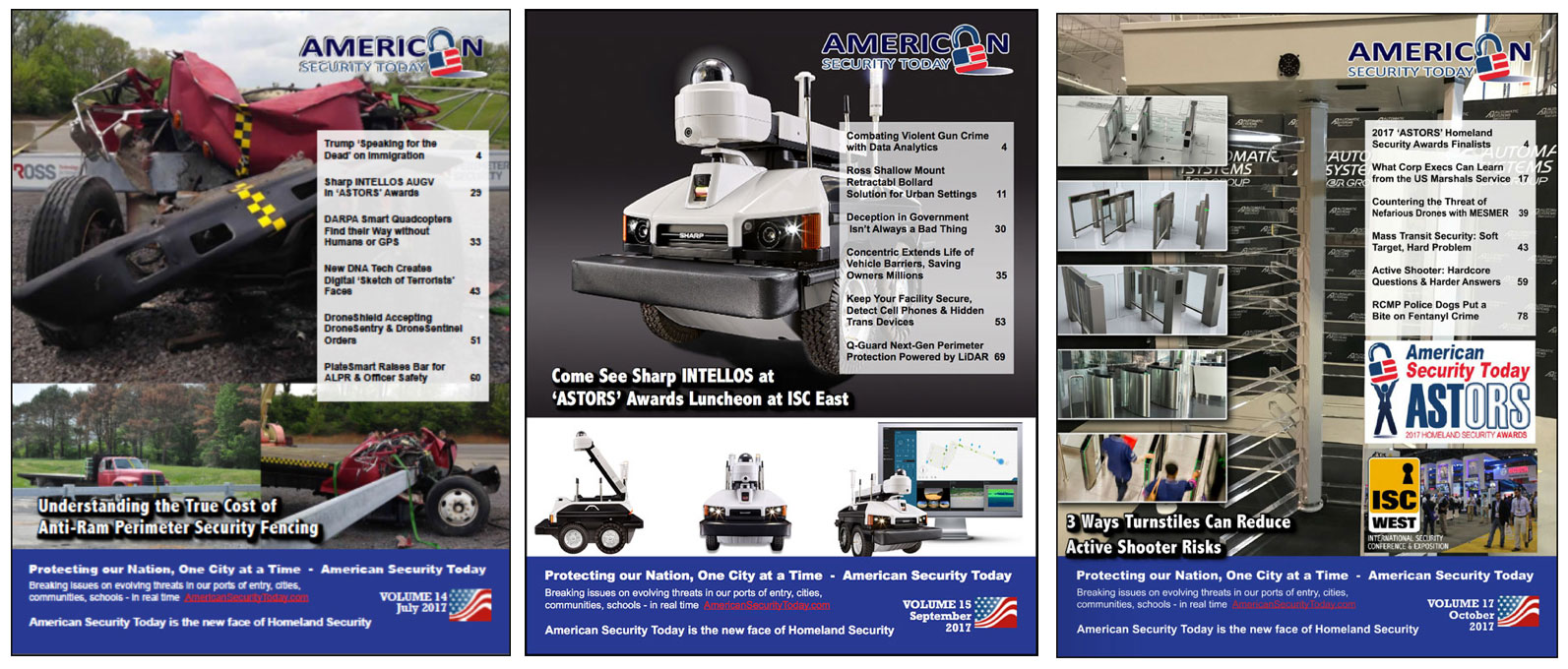
By Steven J. Stark
A key component of the technology advancement is the need for miles of optical fiber cables and the pathways that the fiber takes to get to where it needs to go.
 The tremendous amount of bandwidth and speed needed from fiber optics sends critical information and communications to and from the vast multitude of electronic devices.
The tremendous amount of bandwidth and speed needed from fiber optics sends critical information and communications to and from the vast multitude of electronic devices.
From security cameras, access control, digital signage walls, overhead paging, building automation systems, as well as Wi-Fi and DAS to connect to tens of thousands of daily customers at Airports.
The mission of airports and airline hubs are providing the highest quality product for the lowest possible cost.
The TiniFiber Micro Armored products, the fiber infrastructure, is a high-quality, diverse, future resistant, optical fiber backbone system that provides the foundation of almost all of the networks that make airports function.
(Check out a TiniFiber® comparison between Micro Armor Fiber™ and Aluminum Interlocking Armor (AIA) at approximately 65% smaller and 75% lighter in weight! Courtesy of TiniFiber and YouTube.)
Part of airport building projects require installing an armored optical fiber cable that will actually fit into what legacy pathway are available.
Some parts of airport buildings are much older than others and don’t have a lot of pathway space with which to grow.
In years past, traditional Aluminum Interlocking Armor (AIA) fiber was the only option to meet the needs of airports, but tended to be a space-hog.
TiniFiber has provided a solution that can be installed in crowded pathways and spaces which will give the airports the opportunity to migrate to a new platform.
This in turn gives installers the option of removing the outdated AIA fiber which is no longer needed, thus, reclaiming valuable pathway space.
The fact that TiniFiber is so small and yet, well armored is a bonus.

Space – for technology – is at a premium in the majority of airport terminals, so every square inch’s counts.
This concept of a well-organized and highly protected fiber optic backbone is considered a key component in meeting the goals and objectives of any Airport Infrastructure Team.
Common Airport Goals & Objectives
Many airport’s objectives whom are in expansion is to utilize the latest technologies from security, data centers, DAS, Wi-Fi, digital signage as well as some special amenities.
Key amenity features such as multiple UBS ports and standard power outlet for charging phones, tablets and laptops need additional fiber optics to support these functions.
Many airports are no longer using the time-limited Wi-Fi service and moved to an unlimited service while eliminating a mandatory preliminary video clip.
Additionally, many new signage spaces are comprised of dynamic abstract visualization that is created from algorithms tied to the data derived from arrivals and departures on the screen.
Also, the auto tinted glass pane technology (called VIEW Glass) constantly monitors and adjusts to better control the interior temperature and glare while also providing a much brighter and more open environment than the rest of the airport
(Boston Logan International Airport that demonstrates how View continues to create first-class airport experiences at some of the world’s most important airports. Pedro Fagunda, Senior Architect at AECOM speaks to the role View plays in the design intent of the new terminal, while Daniel Santiago from American Airlines talks about how the AA staff are more comfortable now and in turn can provide better customer service. Courtesy of View, Inc. and YouTube. Posted on Apr 8, 2019.)
The multitude of public art digital walls, new concessions vendors, Wi-Fi, DAS, digital signage, security cameras and much more are connected through vast miles of pathways/conduits that communicate through switches and servers and are interconnected through fiber optics.
The reclamation objective of many airports are to source a fiber optic solutions that will meet the needs of smallest outer diameter and can meet all required specifications and external conditions from Riser, Plenum, Indoor/Outdoor, LSZH, Direct Burial, Industrial and Harsh Environments as well as added water block for underground conduits when necessary.
Infrastructure Obstacles & Challenges
Airports can cover over 1 million square foot per terminal and multiple concourses and hundred’s of gates with the ability to accommodate over 100 aircrafts, and incorporate miles of cabling throughout the pathways and conduits that supports the airport’s infrastructure for communication and connectivity.
Additionally, many airports lease space to a myriad of agencies such as the Federal Bureau of Investigation (FBI), Federal Aviation Administration (FAA), and Transportation Security Administration (TSA), that adds stress to the bandwidth.
The challenge for the cabling optimization falls squarely on the Airport’s Infrastructure Team.
The information/communication pathways for the myriad of devices served through fiber optics pass through the overhead trays, in the wall conduits and pathways as well as the conduits carrying the miles of cable between buildings, concourse terminals and tower.
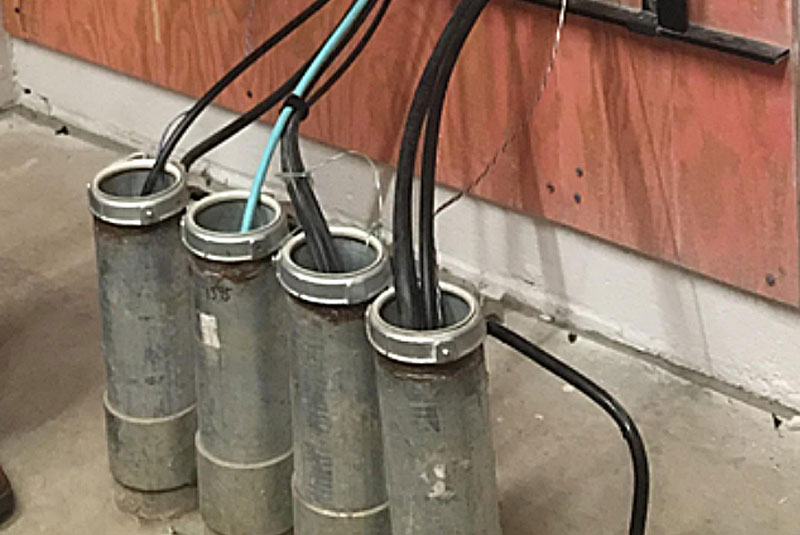
Additionally, many infrastructure team members are cognizant of the importance of future proofing the pathways as much as possible.
To do that meant the use of the smallest outer diameter fiber optic jacket that will allow room for future cabling without disturbing existing fiber.
Most importantly, fiber optics are made of glass that can be prone to cracking and breaking.
Fiber optic failure from a myriad of stress to the cable such as bending, crimping, stretching, twisting, tangling, as well as weather, weight or vermin chewing on the cable will compromise the integrity of the bandwidth and signal to the devices.

The fiber terminations at many airports are designed to utilize a hybrid solution consisting of hardware cassettes.
This includes pigtail cassettes that fusion splices to TiniFiber that modularly installs into these enclosures.
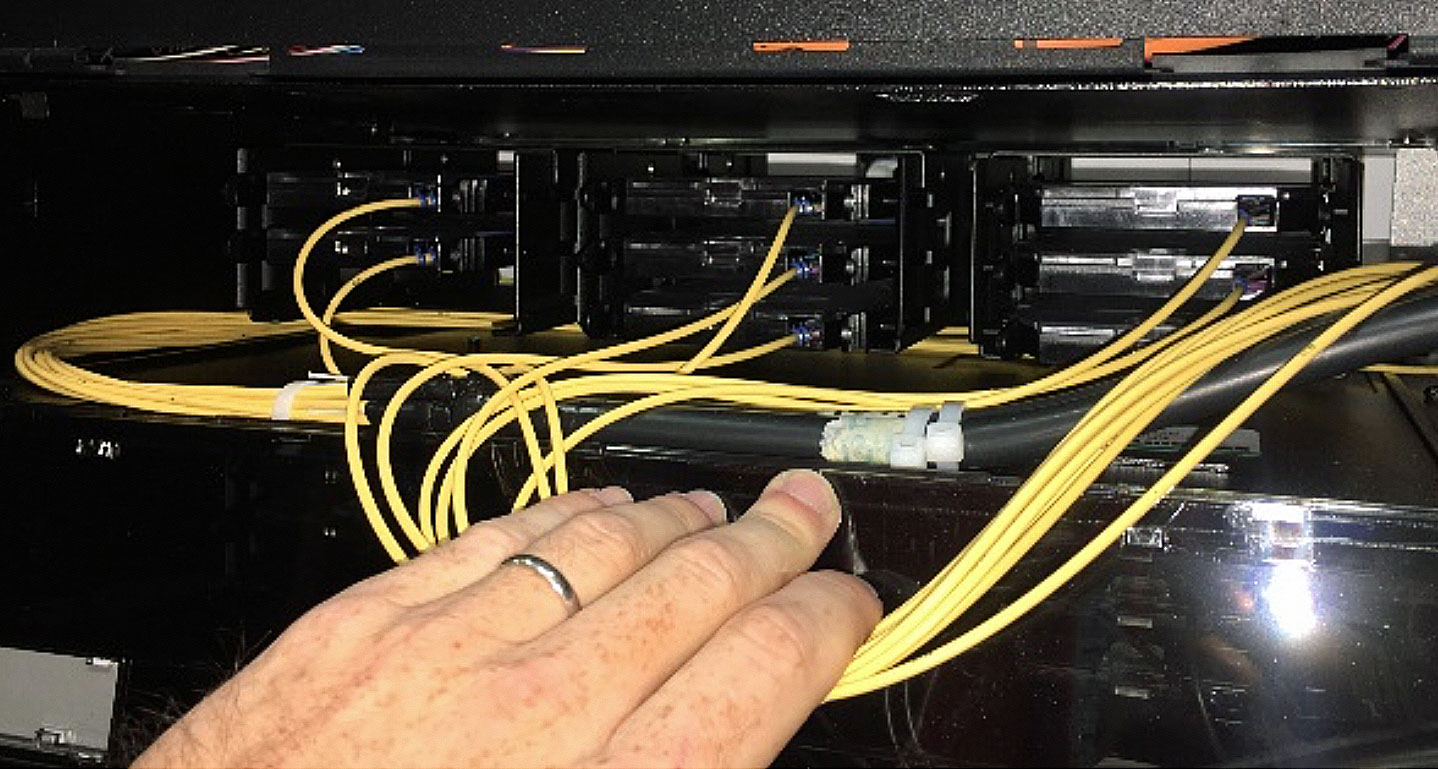
The connecting fibers must not crimp, crack or break in the connection or in the pathways. Failure at this point would cripple the network.
Many infrastructure team experts at airports believe that space created by micro armored cables would be the best solution.
Coupling that with a factory polished connector that utilizes fusion splicing for termination is a win-win.
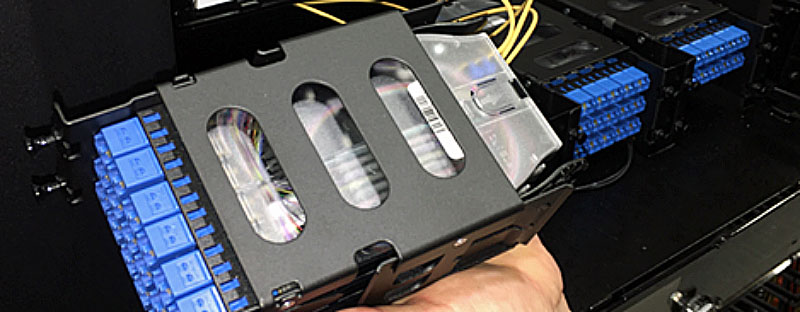
The traditional Aluminum Interlock Armor (AIA) has been the defacto standard for over 30 years.
However, the size caused concern and does not meet or provide future resistance initiatives for existing pathways and spaces.
Aluminum Interlock Armor versus TiniFiber Micro Armored Fiber Optics
Many Infrastructure teams search for the right fiber optic solution to be the backbone of the airport’s data networks.
The challenge of finding the right armor was to review side by side the advantages of the Aluminum Interlock Armor and the new TiniFiber stainless steel coiled micro armor.
The below demonstrates the side by side comparison of 1000 feet of AIA 12 strand armor versus 1000 feet of TiniFiber stainless steel coiled micro armor
AIA cables are standard fiber optic cables inside a spirally wrapped interlocking armor for enhanced crush resistance and ruggedness.
The downside of AIA cable that it is bulky and has been known to crush the fiber when the aluminum casing is compromised.
TiniFiber® Micro Armor Fiber™ optic cable is a stainless steel coiled tubular armored solution that is designed as the smallest and lightest with enhanced crush resistance and ruggedness. Available in riser and plenum constructions.
Stainless steel micro armor can be used for all general usage, patch-cords and inside/outside airport applications in the newly reclaimed conduits and pathways with room future cabling.
Results: When comparing 1000 feet of armored fiber optic cabling, Micro Armor Fiber™ is approximately 65% smaller and 75% lighter than Aluminum Interlocking Armor.
The TiniFiber micro armor had a greater bend radius and did not crack, crimp or break when bending past its capabilities, while AIA would crack and crimp the cable when stressed past its bend radius.
Technical Advances & Scalability
The TiniFiber® is a “U.S. patented, and UL approved” solution that had been engineered to provide the industry’s smallest outer diameter Micro Armor that adds the following:
The Micro Armor Fiber™ machinery will ensure that the stainless-steel tubular design will maintain maximum flexible bendability, strength and ruggedness to meet all project requirements.
The Micro Armor Fiber™ Optic Cable with 3 KEVLAR LEVELS and 2 jacket layers ensure maximum strength and durability.
The fiber optic micro armored jackets are scalable and customizable to provide the 48 strands specified for many of our Airport projects.
The “power” in the Micro Armor Fiber™ jacket can provide a single solution to installers who need to connect Security Cameras by fiber cables.

Christian Peterson, President of TiniFiber is proud of our achievement.
In November 2018, TiniFiber became the recipient of a 2018 ‘ASTORS’ Homeland Security Gold Award from American Security Today for its Aviation/Micro Armored Fiber Optic solution.
TiniFiber provided the right solution that met all the needs of the airport designers and installers.
The smallest outer diameter stainless steel coiled armored solution with the greatest bend radius as well as handling the harshest environments and through the tightest pathways at the airport.
The bonus of 65% smaller and 75% lighter than traditional AIA which lowers shipping cost and manpower hours for the installation.
This met all the airport’s main objectives of reclaiming the current pathways and providing room for growth for decades ahead.
Tinifiber Takes Gold in the 2018 ‘ASTORS’ Homeland Security Awards Program
TiniFiber
-
Best Airport/Aviation Security Program
-
TiniFiber Micro Armored Fiber Optic Cable Solutions
-
The Annual ‘ASTORS’ Awards Program is specifically designed to honor distinguished government and vendor solutions that deliver enhanced value, benefit and intelligence to end users in a variety of government, homeland security and public safety vertical markets.

The 2018 ‘ASTORS’ Awards Program drew an overwhelming response from industry leaders with a record high number of corporate and government nominations received, as well as record breaking ‘ASTORS’ Presentation Luncheon Attendees, with top firms trying to register for the exclusive high – end luncheon and networking opportunity – right up to the event kickoff on Wednesday afternoon, at the ISC East registration!
Over 130 distinguished guests representing National, State and Local Governments, and Industry Leading Corporate Firms, gathered from across North America, Europe and the Middle East to be honored among their peers in their respective fields which included:
- The Department of Homeland Security
- The Federal Protective Service (FPS)
- Argonne National Laboratory
- The Department of Homeland Security
- The Department of Justice
- The Security Exchange Commission Office of Personnel Management
- U.S. Customs and Border Protection
- Viasat, Hanwha Techwin, Lenel, Konica Minolta Business Solutions, Verint, Canon U.S.A., BriefCam, Pivot3, Milestone Systems, Allied Universal, Ameristar Perimeter Security and More!
The Annual ‘ASTORS’ Awards is the preeminent U.S. Homeland Security Awards Program highlighting the most cutting-edge and forward-thinking security solutions coming onto the market today, to ensure our readers have the information they need to stay ahead of the competition, and keep our Nation safe – one facility, street, and city at a time.
The 2019 ‘ASTORS’ Homeland Security Awards Program is Proudly Sponsored by ATI Systems, Attivo Networks, Automatic Systems, and Desktop Alert.
Nominations are now being accepted for the 2019 ‘ASTORS’ Homeland SecurityAwards at https://americansecuritytoday.com/ast-awards/.
Comprehensive List of Categories Include:
| Access Control/ Identification | Personal/Protective Equipment | Law Enforcement Counter Terrorism |
| Perimeter Barrier/ Deterrent System | Interagency Interdiction Operation | Cloud Computing/Storage Solution |
| Facial/IRIS Recognition | Body Worn Video Product | Cyber Security |
| Video Surveillance/VMS | Mobile Technology | Anti-Malware |
| Audio Analytics | Disaster Preparedness | ID Management |
| Thermal/Infrared Camera | Mass Notification System | Fire & Safety |
| Metal/Weapon Detection | Rescue Operations | Critical Infrastructure |
| License Plate Recognition | Detection Products | And Many Others! |
Don’t see a Direct Hit for your Product, Agency or Organization?
Submit your category recommendation for consideration to Michael Madsen, AST Publisher at: mmadsen@americansecuritytoday.com.
2018 Champions Edition
 See the 2018 ‘ASTORS’ Champions Edition – ‘Best Products of 2018 ‘ Year in Review’ for in-depth coverage of the outstanding products and services of firms receiving American Security Today’s 2018‘ASTORS’ Homeland Security Awards.’
See the 2018 ‘ASTORS’ Champions Edition – ‘Best Products of 2018 ‘ Year in Review’ for in-depth coverage of the outstanding products and services of firms receiving American Security Today’s 2018‘ASTORS’ Homeland Security Awards.’
Enter Early to Maximize Media Coverage of your Products and Services at Kickoff, and Get the Recognition Your Organization Deserves!
And be sure to Register Early for the 2019 ‘ASTORS’ Awards Presentation Luncheon at ISC East 2019 to ensure your place at this limited- space event!
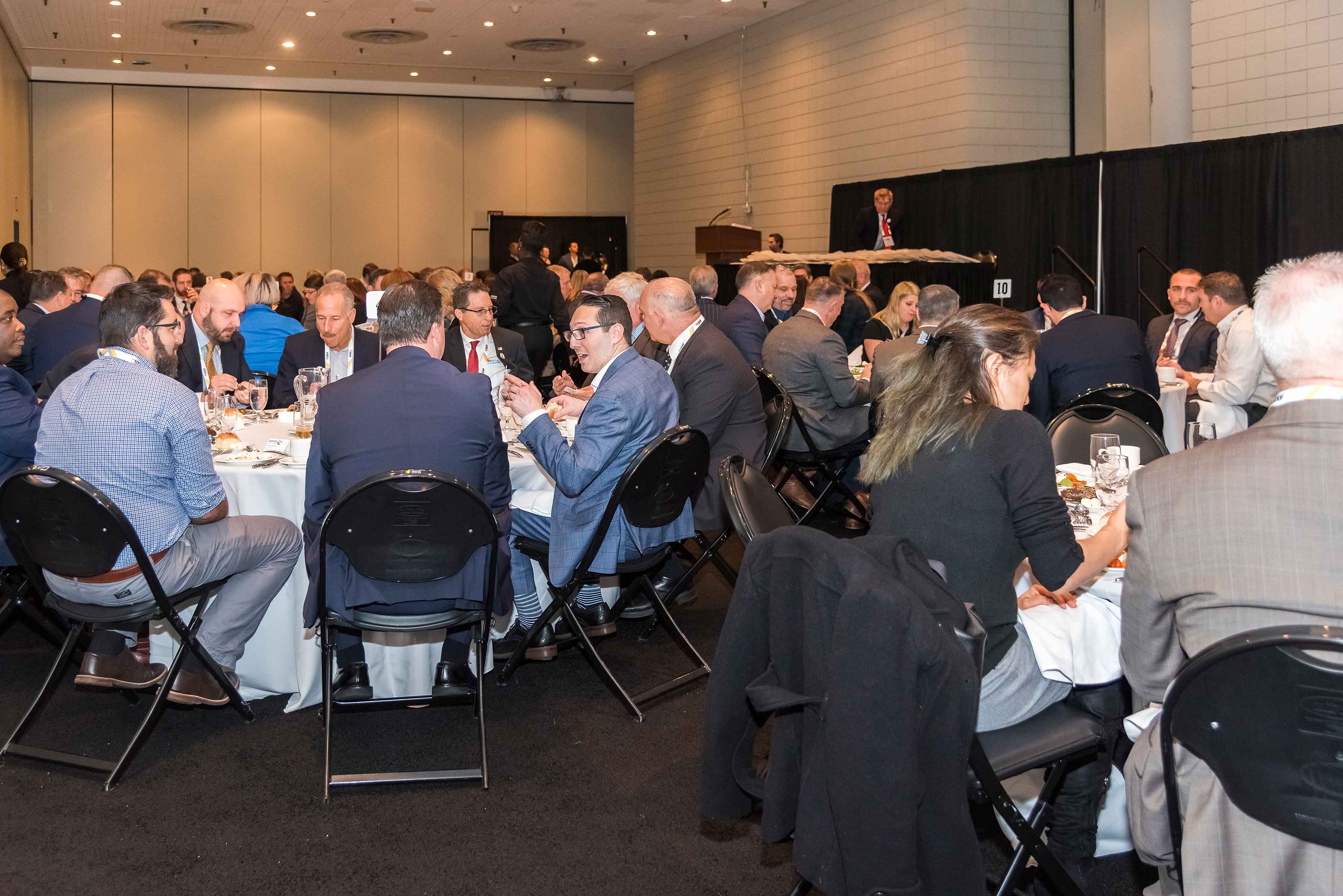
Why the 2018 ‘ASTORS’ Homeland Security Awards Program?
American Security Today’s comprehensive Annual Homeland Security Awards Program is organized to recognize the most distinguished vendors of physical, IT, port security, law enforcement, and first responders, in acknowledgment of their outstanding efforts to ‘Keep our Nation Secure, One City at a Time.’
Why American Security Today?
American Security Today is uniquely focused on the broader Homeland Security & Public Safety marketplace with over 70,000 readers at the Federal, State and local levels of government as well as firms allied to government.
The old traditional security marketplace has been covered by a host of security publications that have changed little over many years.
American Security Today brings forward a fresh compelling look and read with our customized digital publications that provides our readers with solutions to their challenges.
Our Editorial staff provides a full plate of topics for our AST monthly digital editions, AST Website and AST Daily News Alerts.
The editorial calendar and AST’s high drawing website features 23 different Technology and Marketing Sectors such as Access Control, Perimeter Protection, Video Surveillance/Analytics, Airport Security, Border Security, CBRNE Detection, Border Security, Ports, Cybersecurity, Networking Security, Encryption, Law Enforcement, First Responders, Campus Security, Security Services, Corporate Facilities and Emergency Response among others.
These sectors are part of the new integration, where these major applications communicate with one another in a variety of solutions to protect our cities and critical infrastructure.
AST has Expanded readership into vital Critical Infrastructure audiences such as Protection of Nuclear Facilities, Water Plants & Dams, Bridges & Tunnels, and other Potential targets of terrorism.
Other areas of concern include Transportation Hubs, Public Assemblies, Government Facilities, Sporting & Concert Stadiums, our Nation’s Schools & Universities, and Commercial Business Destinations – enticing targets for extremist or lone wolf attacks due to the large number of persons and resources clustered together.
Fiber optics… TiniFiber® is a revolutionary U.S. patented and U.L. approved manufacturer of micro armored fiber optic cables to meet the needs of the harshest environments to the tightest pathways at the airports.
Founded in 2010, TiniFiber wanted to solve the problem of a fiber optic cable to be built around the smallest Outer Diameter (OD) and lightest stainless-steel coiled Micro Armor Fiber™ for superior durability, bendability, ruggedness, as well as crush and rodent resistant.





















